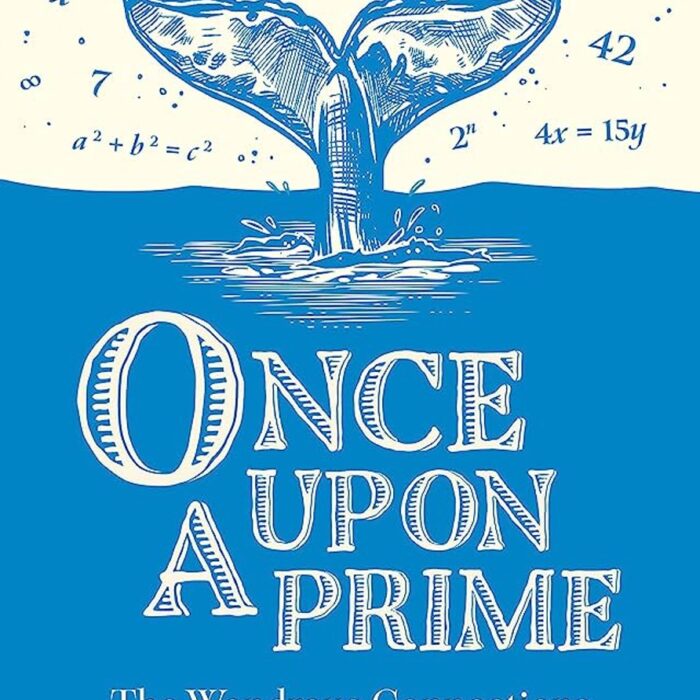You have no items in your cart. Want to get some nice things?
Go shopping
“Weird shit brings people together,” Lawrence tells Harold, in “Heave Your Dead to the Ground,” one of fourteen short stories (not thirteen, as stated on the cover) in Joe Baumann’s fourth and latest collection, WHERE CAN I TAKE YOU WHEN THERE’S NOWHERE TO GO. The piece considers a queer couple’s failing relationship while human body parts literally fall from the sky. The story begins:
Hearts fell first. Harvey watched as they landed in yards, pelted shingles, dented the roofs of minivans. They destroyed gardens, squashed slicing tomatoes, bruised spinach leaves. They knocked branches from trees and smeared blood on bay and picture and double-hung windows….
Next, it rains eyeballs “like desiccated grapes” in Harold’s otherwise unremarkable Illinois suburb. Then, intestines, livers and stomachs, “bloaty with acid that ripped through paint primer…, and sucked the life out of flowers and grass.” Body parts for months until ulnar bones land with the coming autumn and Harold is finally prepared to make a decision about Lawrence.
This is the kind of weird shit that happens throughout Baumann’s collection, creating entertaining, if bizarre, plots for these stories exploring love and grief. Also, amidst all this magical realism, the book considers the fear, longing, desperation, and loneliness of primarily queer men. But this is not a queer book in the frequent sense. These are not coming-out stories. Rather, Baumann’s pages are riddled with very real and relatable characters wrestling with the complex emotional conundrums of the human condition. It’s refreshing—which is not to say that the coming-out story isn’t imperative to the canon. It is. But so are stories to remind us that queer people are simply people who happen to be queer.
And Baumann’s tactics are highly effective, particularly because his surreal imaginings tend to be of the fleshly and viscerally affecting sort. Juxtaposed with the deeply felt and sometimes deeply buried emotions of his characters, these bodily-laden scenes force them, and his readers, to recognize and confront subtle, yet complex, emotional truths.
In “Clinging,” grief comes under scrutiny when the experience of it prompts the characters to grow cedar roots from their heads. As a visible trait, heartbreak becomes yet more complicated, exposing its entanglements with pride, vanity and shame when Natalie, a teenage girl who wears her roots as “casually attractive adornments shaped almost like a wreath of laurels around the back of her head, cradling the swaths of her hair like a bird’s nest” is rebuffed by her crush and desperate not to let anyone know, despite the new bump threatening at her scalp.
Another story in which emotions manifest themselves physically is “A Million Hearts Can’t Be Broken,” in which love can neither be denied nor feigned, since it leads to the growth of another, often more obvious, heart, perhaps on one’s calf, protruding from a stomach or alongside a lung.
And, in “Upon a Cutting,” blood sings, and not just in the metaphorical sense, but rather in “the whale song of menstruation” or “the babble of Curt Cobain or Eddie Vetter” or “a whispered aria,” to tell a unique story of pain.
“We Adore These Bodies Until They Are Gone,” the first in the collection—and one of the best—employs a similar strategy, while doing the complete opposite. Here, Baumann emphasizes the body not by adding to it but by eliminating it, in a world where people suddenly evaporate.
…the sound of shattering glass rang out through the bar, a pint dropped on the floor. At first, people started applauding, but then they stopped…, right next to the detonated puddle of beer and glass was a heap of clothing: jeans and a checked shirt mounded over a pair of shoes. A watch sat atop the pile like an offering.
This masterfully written story reflecting on depression and stressing the importance of the will to live—since it is a lack of the latter that induces these vanishings—throws light on the fear that melancholy inspires. —Particularly, one would assume, for a readership living in an America plagued by suicide and wherein suicide rates among LGBTQ+ youth are highest compared to their heterosexual and cisgender counterparts.
Although, it should be noted, Baumann’s story makes no direct, or even indirect, link to these facts. Only a conversation Mr. Davenport, an art teacher and the piece’s protagonist, has with a group of students, in which “They all started talking about their losses, witnessings, stories they’d heard,” could, very generously, be said to reference our modern-day plight.
Instead, the story’s focus is the fear that ribbons Mr. Davenport’s days, leaving him hypervigilant to his lover, Eddie’s, moods and pressing the protagonist to live, in the fullest sense of the word, a life that his own—somewhat unsatisfying and mundane, in the moment of the story—might accommodate.
Death is another common theme that Baumann exercises throughout.
The bizarre weather phenomena in “You Cannot Contain What’s Built Up Inside,” causes rain that “melted and dimpled cars but left hats and heads untouched,” and a windstorm that “tore off people’s clothes, plucking away buttons and tearing down zippers…, but left flyers stapled to telephone poles and sandwich boards standing.”
It’s the tragic story of a mother who’s lost a husband and a son and becomes obsessed with the murder of a local boy, while her remaining son, Bainbridge, is left to pick up the pieces and never be enough. And it does what many of the best short stories do, employing metaphor to drive home the sad emotional truth at its core. Like this otherworldly weather, death proves fickle, unexplainable, and destructive.
Before the storm that will conclude “You Cannot Contain…,” Bainbridge’s mother finds herself sheltered in a library, waiting out a snowstorm and power outage.
“You’d be surprised what kind of heat books can give off,” she tells Bainbridge.
It’s true. For Baumann’s tender consideration of the characters’ suffering within these pages, WHERE CAN I TAKE YOU WHEN THERE’S NOWHERE TO GO radiates with a heartwarming force.

Chantal Corcoran
Chantal Corcoran is a Canadian living in the uniquely foreign locale of Las Vegas, Nevada. Her work has been published in The Chronicle of Higher Education, The Chronicle Review, The Common, The Rumpus, Litro, The Milo Review and elsewhere. She is a 2016 Pushcart Prize nominee with a publication forthcoming in The Dalhousie Review.




